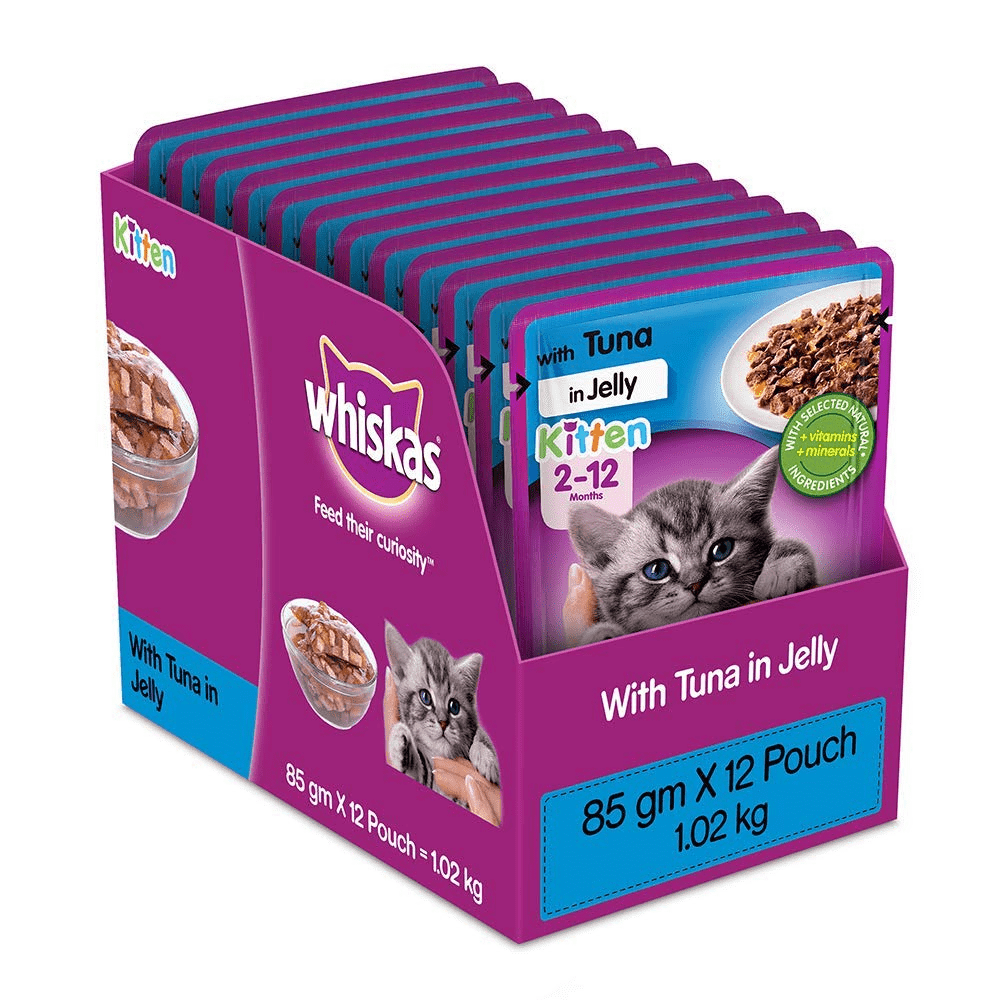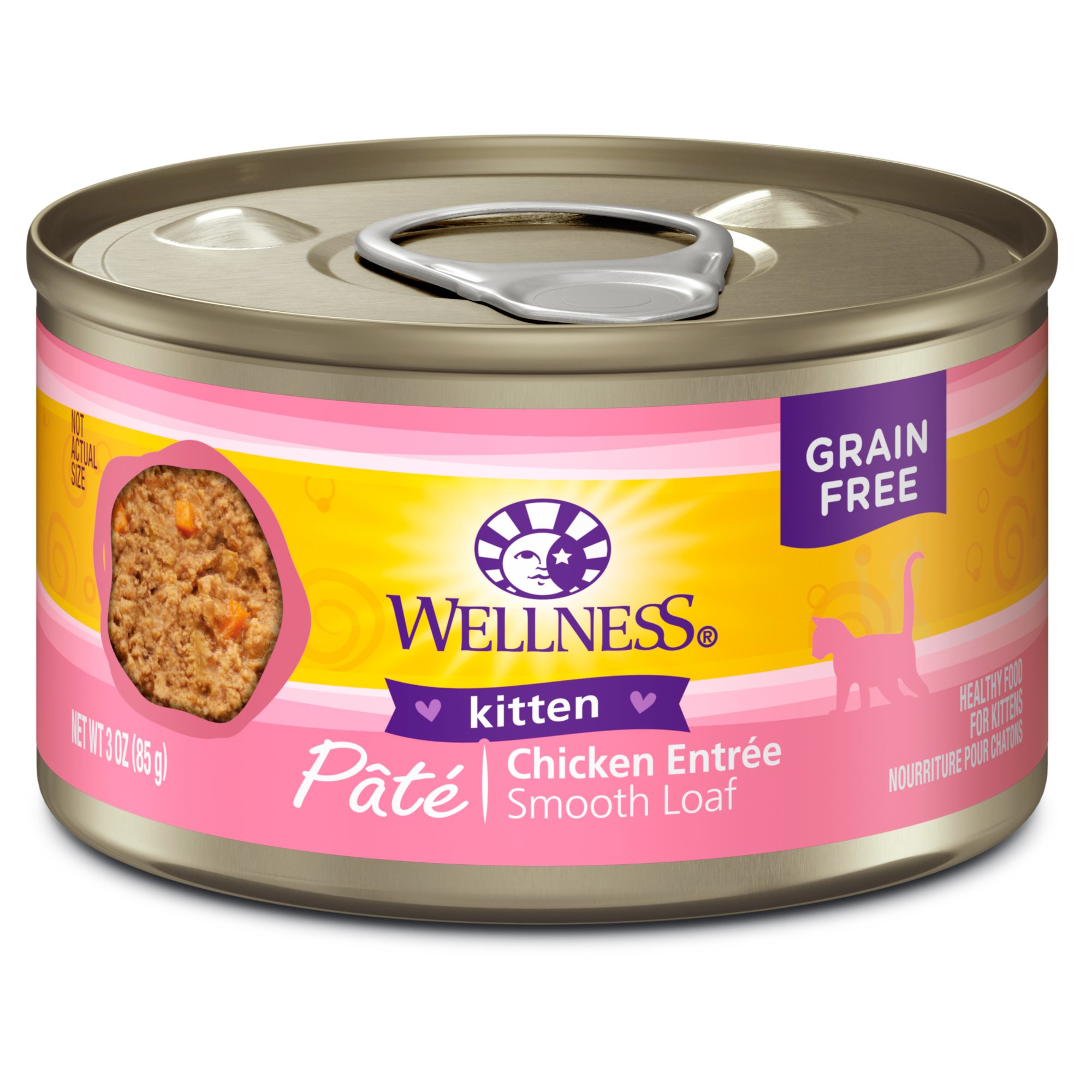
Wet Food for Kittens: Nurturing Tiny Tummies with Soft Textures
The journey of kittenhood is a whirlwind of playful pounces, curious explorations, and rapid growth. Providing the right nutrition during this crucial stage is paramount for ensuring a healthy and happy feline life. While dry kibble often dominates pet store shelves, wet food, particularly those with soft textures, offers a multitude of benefits specifically tailored to the needs of developing kittens. This article delves into the advantages of soft-textured wet food for kittens, explores key considerations when choosing the right product, and provides guidance on integrating it into a kitten’s diet.
Why Soft Texture Matters: Addressing the Unique Needs of Kittens
Kittens, unlike adult cats, possess unique physical and physiological characteristics that influence their dietary requirements. Soft-textured wet food directly addresses these specific needs in several ways:
-
Gentle on Developing Teeth and Gums: Kittens have delicate teeth and gums that are still developing. Chewing hard kibble can be challenging and even uncomfortable for them, potentially leading to food refusal or oral discomfort. Soft wet food eliminates this concern, allowing kittens to eat comfortably and obtain the necessary nutrients without straining their oral structures.
-
Easy to Digest: A kitten’s digestive system is still maturing and may not be fully equipped to process complex carbohydrates or large quantities of dry food. Soft wet food, typically formulated with high-quality proteins and easily digestible ingredients, minimizes digestive stress and promotes optimal nutrient absorption. The higher moisture content in wet food also aids in digestion, preventing constipation and promoting healthy bowel movements.
-
Promotes Hydration: Kittens are prone to dehydration, especially if they primarily consume dry food. Wet food boasts a significantly higher moisture content (around 70-80%) compared to dry kibble (around 10%), helping to keep kittens adequately hydrated and supporting healthy kidney function. Adequate hydration is especially crucial for preventing urinary tract issues later in life.
-
Appealing to Picky Eaters: Kittens, like all young animals, can be notoriously picky eaters. The enticing aroma and palatable textures of wet food often make it more appealing to finicky felines, encouraging them to eat a sufficient amount and receive the nutrients they need to thrive. Soft textures are particularly beneficial for kittens transitioning from their mother’s milk to solid food, as they closely mimic the consistency of milk.
-
Facilitates Transition to Solid Food: Introducing solid food to kittens can be a gradual process. Soft wet food serves as an excellent transitional food, bridging the gap between liquid milk and solid kibble. Its palatable texture and ease of consumption encourage kittens to explore new flavors and textures, making the weaning process smoother and less stressful.
Essential Considerations When Choosing Soft Wet Food for Kittens
Selecting the right soft wet food for your kitten requires careful consideration of several factors to ensure it meets their specific nutritional needs and promotes optimal health:
-
Age-Appropriate Formulation: Always choose wet food specifically formulated for kittens. These formulas are designed to provide the higher levels of protein, fat, and essential nutrients required for rapid growth and development. Avoid feeding adult cat food to kittens, as it may lack the necessary nutrients for their developmental stage.
-
High-Quality Protein Source: Protein is the cornerstone of a kitten’s diet, essential for building and repairing tissues, supporting muscle growth, and maintaining a healthy immune system. Look for wet food that lists a named animal protein source (such as chicken, turkey, fish, or lamb) as the first ingredient. Avoid products that rely heavily on plant-based proteins or contain vague terms like "meat by-products."
-
Essential Nutrients: Ensure the wet food is enriched with essential nutrients crucial for kitten development, including:
- Taurine: An amino acid vital for heart health, vision, and reproductive function. Cats cannot produce taurine on their own and must obtain it from their diet.
- Arachidonic Acid: An essential fatty acid that supports brain development, skin health, and immune function.
- Calcium and Phosphorus: Minerals essential for strong bone and teeth development.
- DHA (Docosahexaenoic Acid): An omega-3 fatty acid that supports brain and eye development.
-
Limited Fillers and Additives: Avoid wet food that contains excessive fillers, artificial colors, flavors, or preservatives. These ingredients offer little nutritional value and can potentially cause digestive upset or allergic reactions. Opt for products with simple, recognizable ingredients.
-
Texture and Palatability: While the primary focus is on soft texture, consider the specific type of soft texture your kitten prefers. Some kittens prefer pate-style wet food, while others prefer shredded or minced varieties. Experiment with different textures to find one that your kitten enjoys.
-
Reputable Brand: Choose wet food from a reputable brand with a proven track record of producing high-quality pet food. Research the brand’s manufacturing processes, ingredient sourcing, and quality control measures to ensure you are feeding your kitten a safe and nutritious product.
Integrating Soft Wet Food into Your Kitten’s Diet
Introducing soft wet food into your kitten’s diet should be a gradual process to avoid digestive upset. Here’s a suggested approach:
-
Start Slowly: Begin by offering a small amount of wet food alongside your kitten’s regular dry food. Gradually increase the amount of wet food while decreasing the amount of dry food over several days.
-
Establish a Feeding Schedule: Kittens typically require frequent meals throughout the day. Aim for 3-4 small meals per day, depending on your kitten’s age and appetite.
-
Monitor Your Kitten’s Response: Observe your kitten for any signs of digestive upset, such as diarrhea or vomiting. If these symptoms occur, reduce the amount of wet food and consult with your veterinarian.
-
Provide Fresh Water: Always ensure your kitten has access to fresh, clean water, especially when feeding wet food.
-
Consider a Combination Diet: Many veterinarians recommend feeding kittens a combination of wet and dry food. Wet food provides hydration and palatability, while dry food helps maintain dental health and provides a crunchy texture.
Examples of Suitable Soft Wet Foods for Kittens:
While specific brand recommendations can vary, look for products that align with the criteria mentioned above: high-quality protein, age-appropriate formulation, essential nutrients, and limited fillers. Some reputable brands that offer soft wet food options for kittens include:
- Royal Canin
- Hill’s Science Diet
- Purina Pro Plan
- Blue Buffalo
- Wellness Complete Health
Conclusion
Soft-textured wet food offers a wealth of benefits for growing kittens, providing essential nutrients, promoting hydration, and being gentle on their developing digestive systems. By carefully selecting a high-quality wet food that meets your kitten’s specific needs and gradually integrating it into their diet, you can lay the foundation for a lifetime of health and well-being. Always consult with your veterinarian for personalized recommendations on the best diet for your individual kitten.

